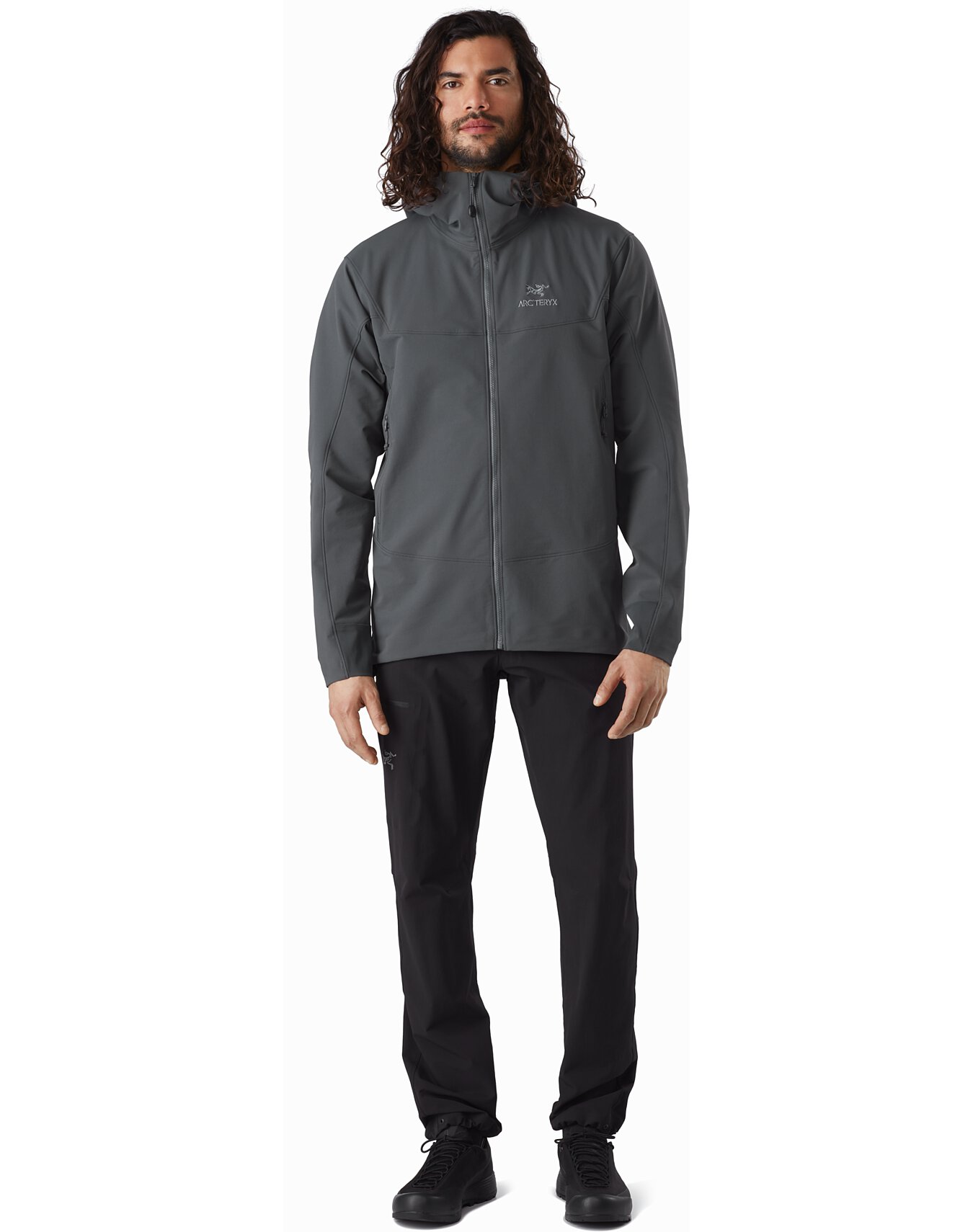

First, it’s made with 16-percent elastane for a stretchy fit that moves with your body.

Simply put, it has become a layer that I don’t shy away from wearing for any sort of activity, no matter how aerobic it may be.Īlong with breathability, the Arc'teryx Proton FL excels by offering impressive range movement for high-exertion activities. Where I would have built up a sweat in jackets like the Atom LT (synthetic midlayer) or Patagonia Houdini (wind jacket), the Proton FL has kept me comfortable and well-ventilated. I’ve worn the Proton FL while climbing technical pitches of rock, hauling a 40-pound backpack through the Grand Canyon, and running the trails near my home, and have found it to be impressively breathable for an insulated layer. Both the insulation and shell fabric are air-permeable, which make for a jacket that you can put on and keep on. But for active pursuits during summer adventures in the mountains or shoulder seasons closer to home, the Proton FL provides that small but vital boost in warmth.īreathability is the hallmark of the Arc’teryx Proton FL-it’s a piece that truly is built for activity. In addition, for winter activities like skiing and ice climbing, I certainly would want more insulation and weather protection. As a result, in the Grand Canyon when nighttime temperatures dropped to the low 50s Fahrenheit, I found myself swapping out my Proton FL for a lightweight down jacket. Even the Coreloft insulation in Arc’teryx’s ultralight Atom SL-a slightly lighter active insulation piece-offers significantly more warmth. In short, the Proton FL quickly has shifted from a jacket I didn’t know I needed to one I now can’t live without.Īlthough the Proton FL is surprisingly cozy for its thin and streamlined build, it’s a far cry from the Arc’teryx Atom LT or Patagonia Nano-Air. Compared to this combination, the Proton FL performs much better across the board, with added breathability and freedom of movement in a lightweight package. I now routinely find myself reaching for the Proton FL in situations where I previously paired a baselayer (like the NW Alpine Black Spider Hoody) with a wind jacket (most often the Patagonia Houdini). Stuffed with a thin layer of polyester Octa Loft-known for its breathability and temperature-regulating abilities-the jacket provides that small dose of warmth during activities where a t-shirt or light baselayer just won’t cut it. To see how the Proton FL stacks up, see our article on the best synthetic jackets.Īrc’teryx bills the Proton FL as a summer alpine and rock climbing layer, which is reflected in its lightweight build and synthetic insulation. We wore the women’s Proton FL while backpacking in the Grand Canyon and running, climbing, and skate skiing outside of Bend, Oregon, and were surprised by how much we were able to accomplish in the jacket without wanting to take it off. A couple years ago, the Proton FL ("fast and light") joined the LT ("lightweight") as the lighter and more summer-specific jacket. Made to move with you during high-output activities, active insulation jackets-like those in Arc’teryx’s Proton collection-merge warmth and weather resistance with class-leading breathability.


 0 kommentar(er)
0 kommentar(er)
